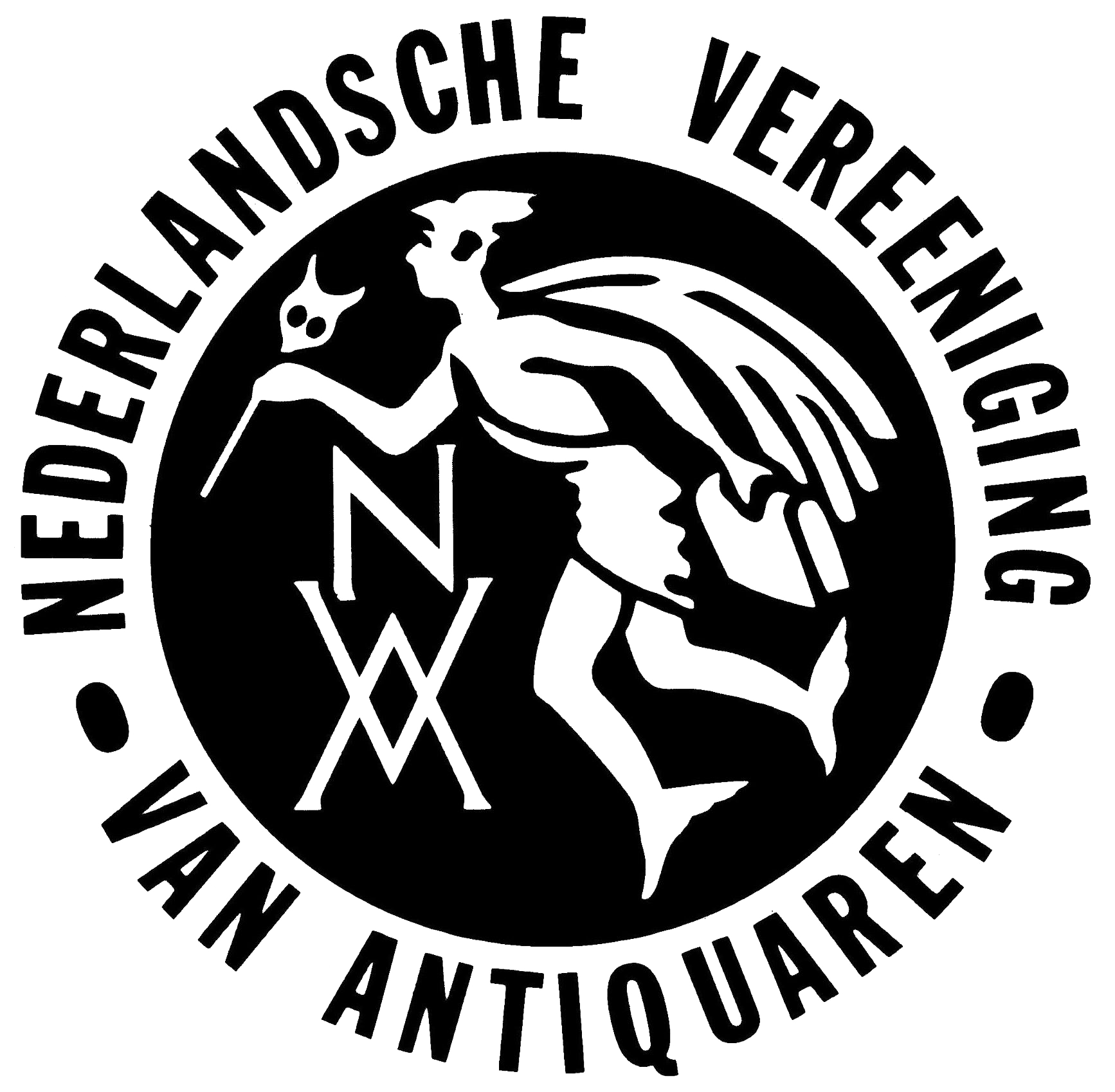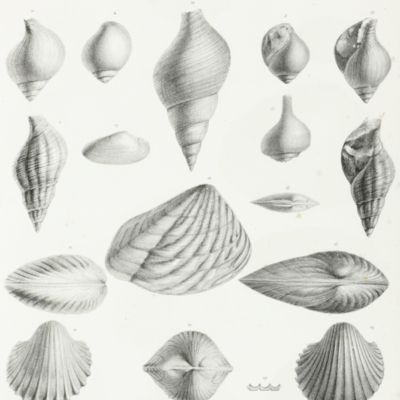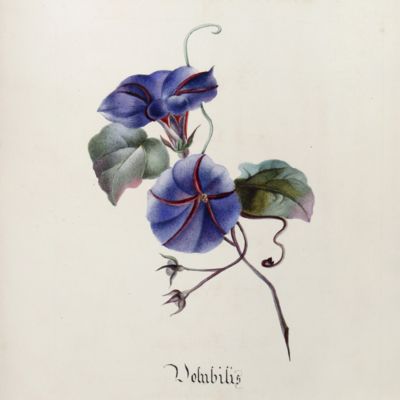Petermann, A. [H.] (ed.)
Petermann's Geographische Mitteilungen. Volumes 1-12. [Mittheilungen aus Justus Perthes' geographischer Anstalt über wichtige neue Erforschungen auf dem gesammtgebiete der Geographie von Doktor A. Petermann].
Gotha, Justus Perthes, 1855-1865. 12 volumes in 12. 4to (22.2 x 26.8 cm). Over 3,500 pp., numerous maps of which many large, folded, and nearly all in fine chromolithography. Contemporary uniform polished half calf over marbled boards. Spines with five raised, gilt and black-lined bands, red and black morocco labels with gilt title, number and year (volumes 1-9), and gilt ornaments and title (volumes 10-12). Marbled endpapers. Speckled edges.
A rare, fine set of the start of the most important and longest running German geographical journal, in particular dealing with uncharted parts of Africa, the Far-East, and the Arctics, written by explorers such as Barth, Livingstone, Vogel, Kane, Prinz Waldemar von Preussen, Petermann, Philippi, Alexander von Humboldt, Roth, Perther, von Heuglin, Rohlfs, etc. Especially important because of the many original, often very detailed maps of hitherto unknown or poorly known regions of the world. Subjects are geographical, topographical, and/or geological. The series was founded by the cartographer August Heinrich Petermann (1822-1878), and bore his name until its discontinuation in 2004. "Petermann was responsible for drawing most of the maps in the first few years of the journal. His strength was in the analysis and evaluation of all sources available. As such one can say that the indication "Originalkarte" (original map) in many titles was well earned, for few slavishly copied what explorers or other experts had sketched" (Wikipedia). Petermann standardized the maps by always using the metric system, and the Greenwich meridian as prime reference. As well as geographical maps, these volumes include several views, profiles and even some anthropological illustrations. In the rear of Volume 9 there are two "Ergänzungshefte": publications outside the series, but sometimes included. The last three volumes have a different - also contemporary - binding. Some scattered spotting in a few sections, minimal shelfwear, mainly to board edges. In all, a very good set. Very rare, especially in this state.
![Petermann's Geographische Mitteilungen. Volumes 1-12. [Mittheilungen aus Justus Perthes' geographischer Anstalt über wichtige neue Erforschungen auf dem gesammtgebiete der Geographie von Doktor A. Petermann].](https://schierenberg.nl/media/cache/product_thumb/69463/69463_x.jpg)





